- Feb 21, 2010
- 118
- 3
- 109
If you were following my project before, I decided to open a new thread the other got clouded with... other stuff...
My lilac hen and my 'lilac' drakes (was unsure about color) from them I did get a few lilac hens, which will be great for next springs breeding program.
Pics are a bit light. (father's are light, original hen is a bit darker)
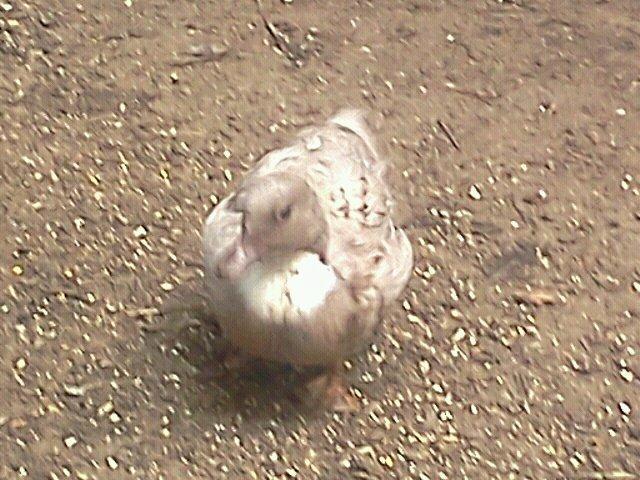
This hen on the other side has a bit of white eye liner around her eye like her daddy.
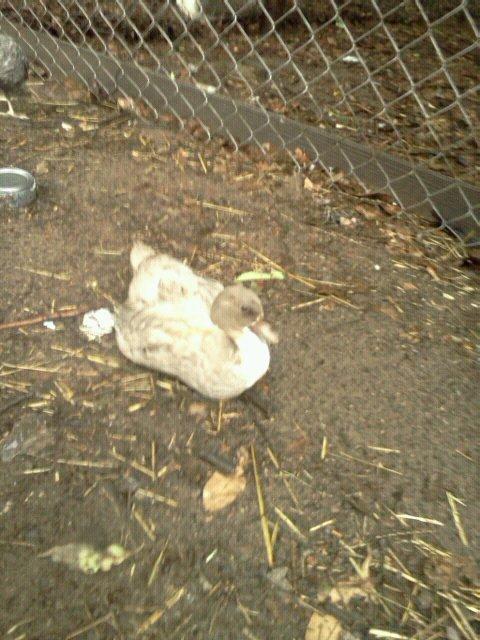
Hen 2, has white liner around bill like her daddy. (2 separate fathers)
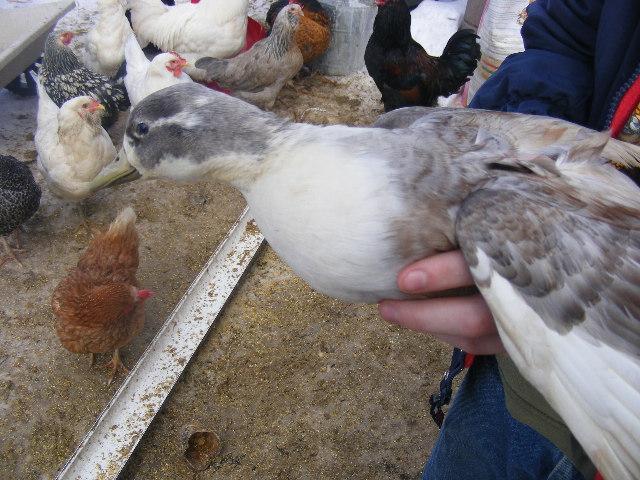
My splash hens made 100% splash babies with solid white bibs and bodies and speckled heads. So back to the drawing board.
Need to find splash boy... lilac preferred HA HA HA HA
PM me pics
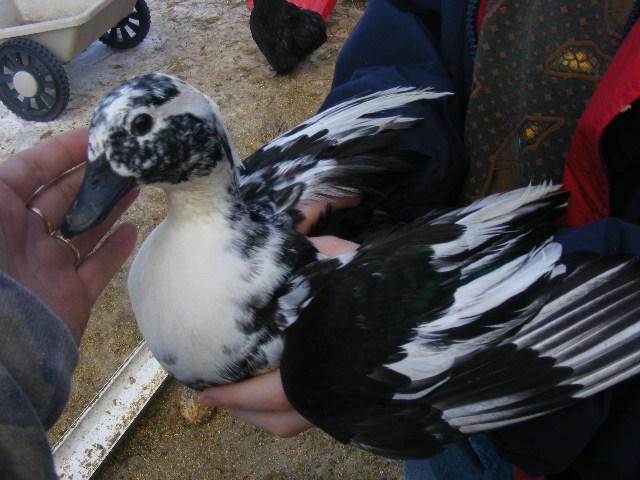
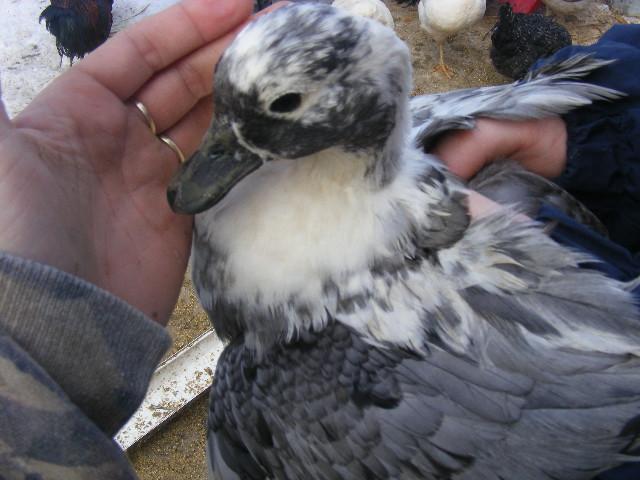
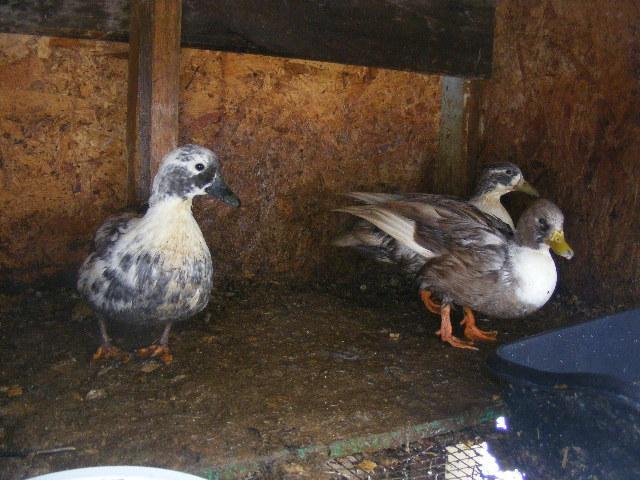
My lilac hen and my 'lilac' drakes (was unsure about color) from them I did get a few lilac hens, which will be great for next springs breeding program.
Pics are a bit light. (father's are light, original hen is a bit darker)

This hen on the other side has a bit of white eye liner around her eye like her daddy.

Hen 2, has white liner around bill like her daddy. (2 separate fathers)

My splash hens made 100% splash babies with solid white bibs and bodies and speckled heads. So back to the drawing board.
Need to find splash boy... lilac preferred HA HA HA HA
PM me pics





